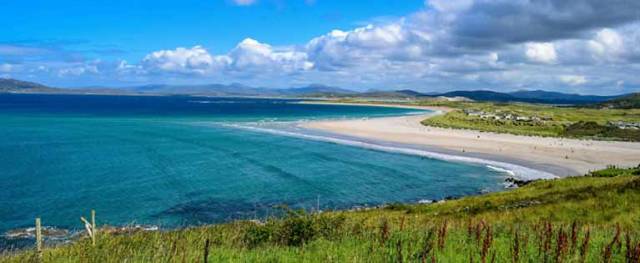
Mara to be Established by 2023, Ryan says, As He Opens Consultation on Maritime Area Consent Regime for Offshore Renewables
19th January 2022 Marine Planning

Maritime Area Planning Legislation Passes All Stages in the Oireachtas, In Spite of Call for Amendments by Environmental Coalitions
18th December 2021 Coastal Notes
Environmental Coalitions Call on Government to Give "Necessary" Dáil Time to Maritime Area Planning Bill
21st October 2021 Environment
‘Public Participation Will Be Key’ to Success of Marine Spatial Planning Laws Says Coastwatch as Annual Irish Coastal Survey Continues
3rd October 2021 Marine Planning
Coastwatch Calls for Seagrass Habitats to be Specified in New Marine Planning Legislation
30th August 2021 Marine Planning
Senator Welcomes Text of Marine Planning Area Bill — But Seeks Clarity on Appeals Process
16th August 2021 Marine Planning
Marine Leisure Stakeholders Welcome Marine Planning Framework Launch & Publication of Maritime Area Planning Bill at Dun Laoghaire Harbour
1st July 2021 Marine Planning
Planners Welcome Passing of National Marine Planning Framework by Dáil Eireann but Caution About Resource Availability Within Planning Authorities
14th May 2021 Marine Planning
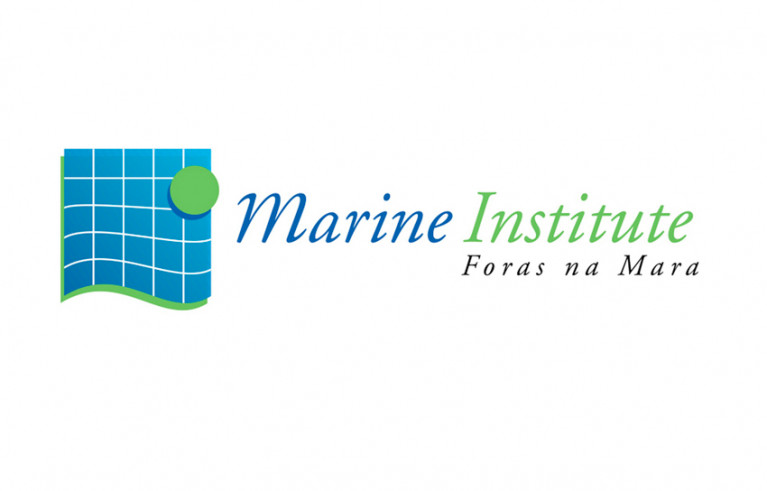
Marine Institute Recruiting For Temporary Roles In Marine Spatial Planning
23rd June 2020 Marine Planning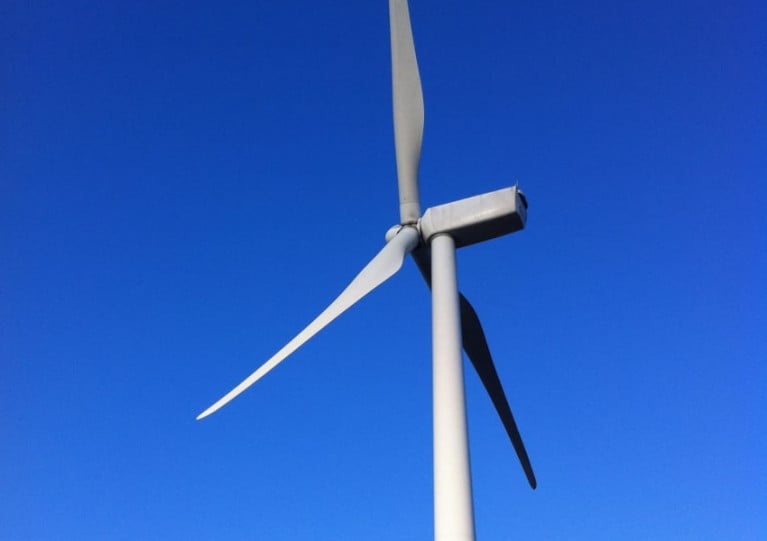
Seven Offshore Renewable Energy Projects Approved For Transition To New Marine Planning Regime
19th May 2020 Marine Planning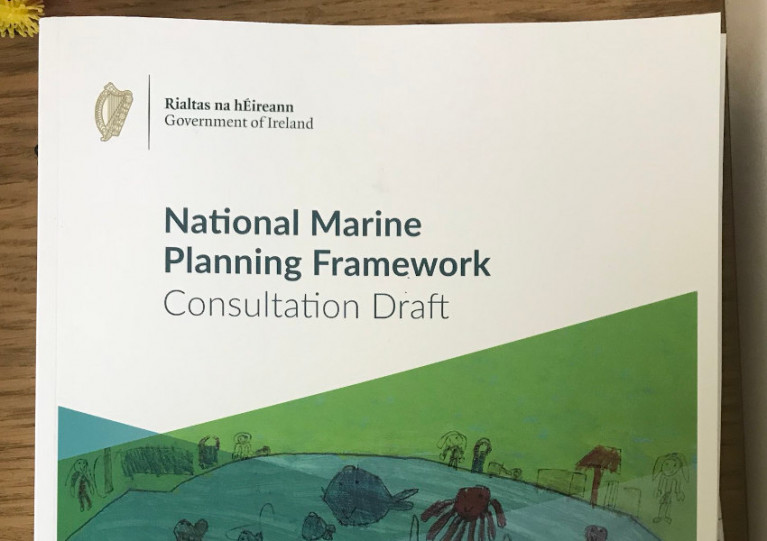
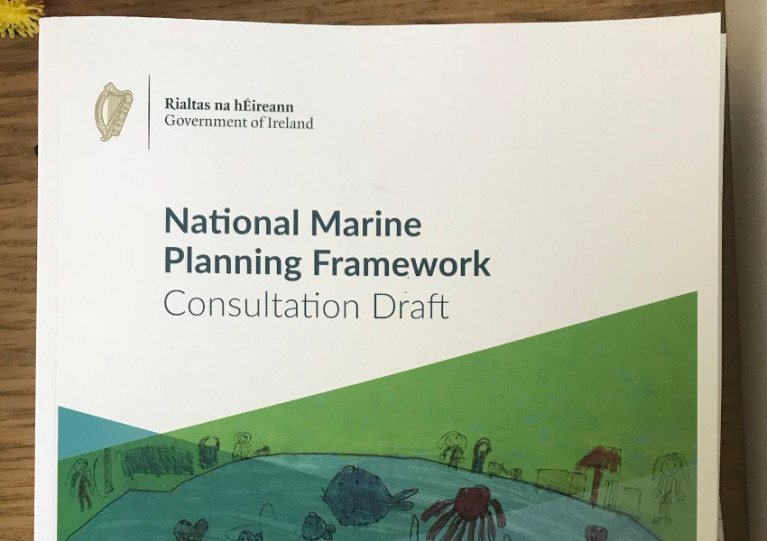
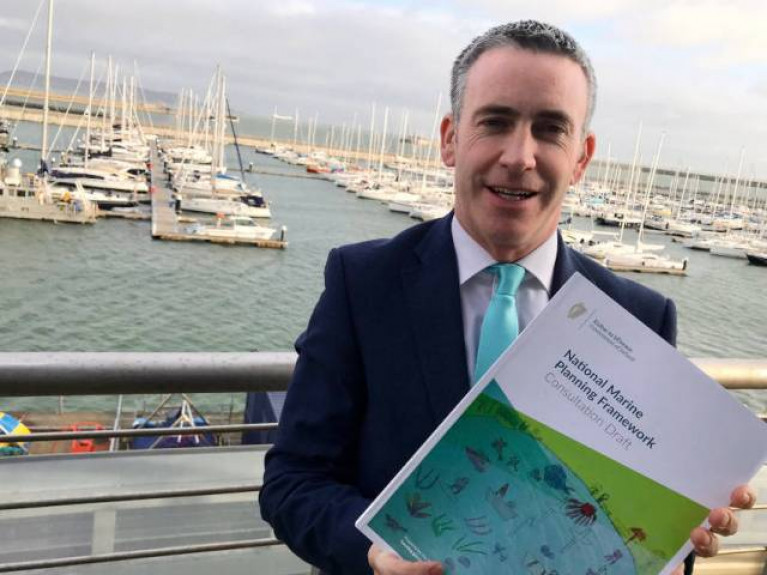
Public Events On Draft National Marine Planning Framework Postponed
16th January 2020 Marine Planning